#165 Alaska Highway before GPS
Beyond Mile Zero: The Vanishing Alaska Highway Lodge Community
by Lily Gontard (text) and Mark Kelly (photographs)
Madeira Park: Harbour Publishing, 2017
$24.95 / 9781550177978
Reviewed by Heather Longworth Sjoblom
First published September 6, 2017
*
2017 marks the seventy-fifth anniversary of the construction of the Alaska Highway through British Columbia, the Yukon, and Alaska. Throughout the course of the highway’s history, dozens of books have been written about its construction but few have gone any further. This is where Lily Gontard’s Beyond Mile Zero: The Vanishing Alaska Highway Lodge Community excels. Gontard looks beyond the highway’s initial construction to the lodges that developed along the road to serve travellers, truckers, and local industries.
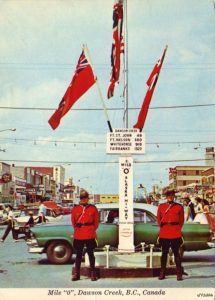
Gontard teamed up with photographer Mark Kelly to document over seventy lodges, past and present, along the highway north of Dawson Creek. This was no easy task on a 1,422-mile (2,288 km) long highway where Mother Nature has reclaimed several abandoned lodges. All together, Gontard and Kelly drove 8,113 kilometres over six years to research these motor inns and record their stories through photographs (both contemporary and archival) and written text. They interviewed over forty lodge owners, or descendants of owners, and Kelly took over 5,000 photographs along the way.
After introducing the highway’s construction and the history of Alaska Highway lodges, Gontard and Kelly present individual lodges in geographical order as they follow the highway north from Mile Zero at Dawson Creek to Delta Junction, Alaska. These stories show the challenges of operating roadside motels in great isolation, from troubles with generators to the long working hours, as well as the joys of living in beautiful rural locations and meeting interesting travellers.
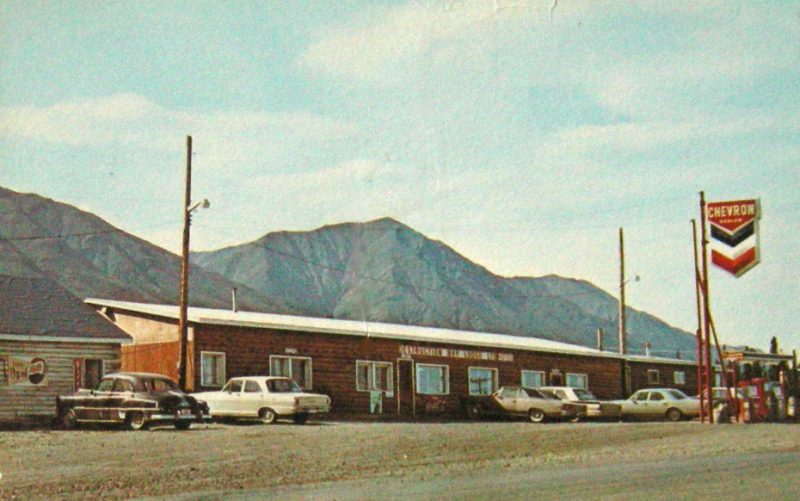

Gontard and Kelly provide humorous stories of the men and women who ran these lodges. One was Trapper Ray, who operated the Liard Hotsprings Lodge near Mile 496 in British Columbia. Also known as Ray Puttonen, he habitually told his visitors about the fur spider, a cross between an insect and a rodent. He convinced so many visitors of the existence of this mythical creature that exasperated park rangers at Liard Hotsprings constantly had to deny its existence.
Having filled its wartime military supply purpose, in 1948 the Alaska Highway was opened to tourists and lodges sprang up along the route, often with gas stations and mechanics on hand to repair vehicles rattled and shaken on the rough and unpaved road. But over the next sixty years, the demand for roadside accommodation gradually shrank.
As road conditions and capabilities of vehicles increased, lodges were no longer needed every twenty-five miles. Gradually they closed due to the need for costly maintenance, the lack of people willing to take over, and the rerouting and upgrading of the highway. Gontard traces the rise and fall of this accommodation industry through the history of individual lodges, while Kelly follows the text with his photographs. Many of the interviewees expressed nostalgia for the lodging community that will never again witness its mid-twentieth century heyday.
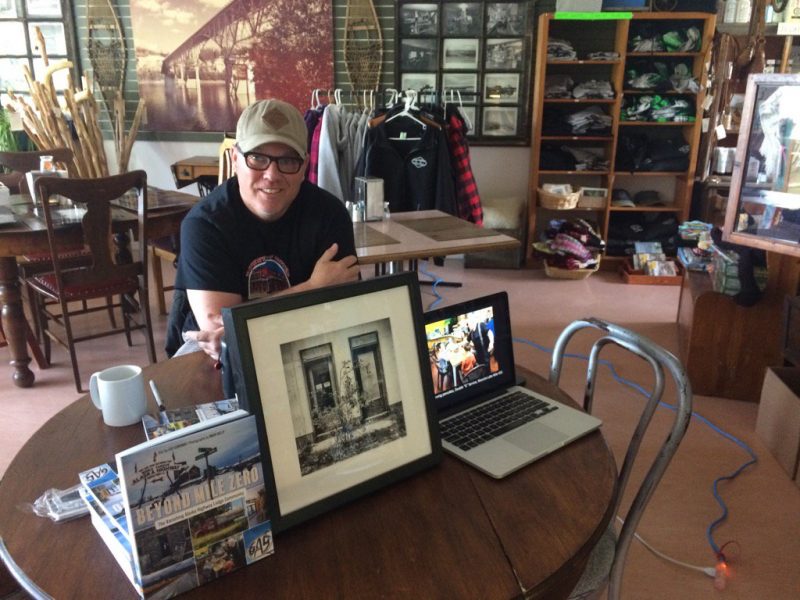
Gontard and Kelly explore the difficulties faced by the lodges that still operate. Some, with people, resources, and customers in place, are in prime locations to continue for years to come. Others will close within the next decade with no one to take over or carry out costly repairs. For every operating lodge, today’s traveller sees at least two that are abandoned or for sale. Beyond Mile Zero carries a poignant message: the roadside lodges of the Alaska Highway need to be documented before they disappear and while lodge owners and workers are still with us.
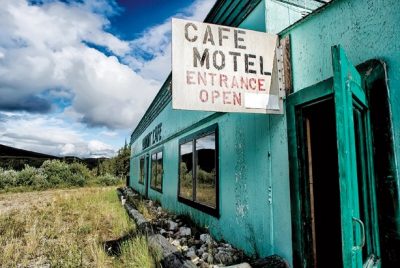
Gontard’s research is an excellent starting point. As a Yukon resident she is most familiar with lodge history in that territory, but more work remains to be done. For example, the smaller archives along the Alaska Highway could be combed for more information and back issues of The Milepost and other travel magazines could be scoured to compile a conclusive historical list of highway lodges. Travellers who stayed at them over the past seventy-five years might also be interviewed for their memories and photographs.
Gontard and Kelly are aware that their work is not yet over. They continue to collect stories of lodges along the highway. Anyone with stories to contribute, especially about roadside establishments that aren’t included in the book, can contact Gontard and Kelly on Twitter: @BeyondMile0 and on Facebook: www.Facebook.com/BeyondMile0.
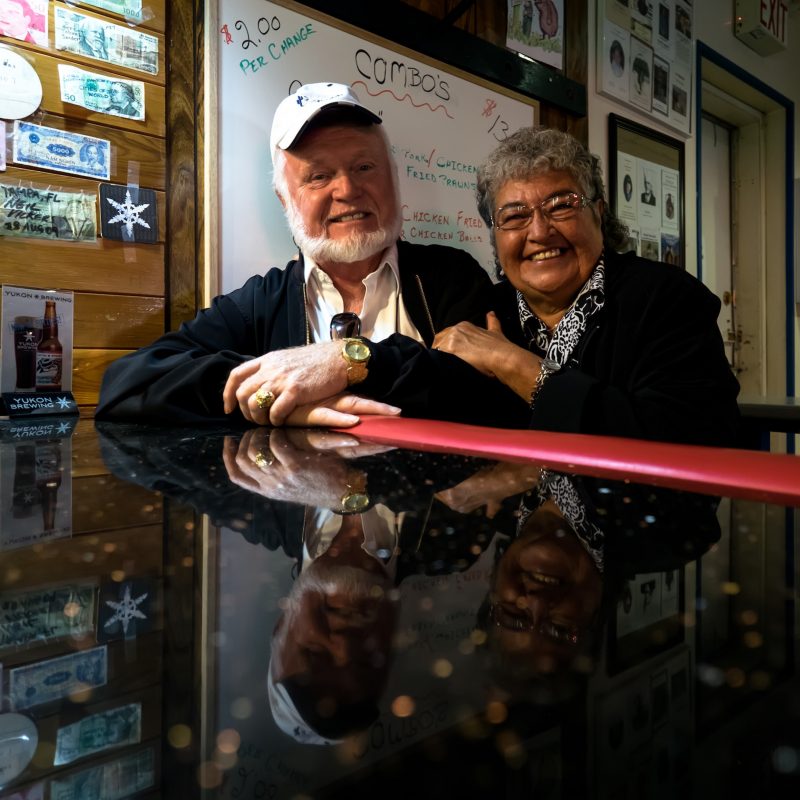
Today, the 325,000-plus tourists who drive the Alaska Highway each year would do well to pick up a copy of this book. Beyond Mile Zero offers a wonderful introduction to the people and buildings that have shaped, and continue to shape, life along the Alaska Highway since 1948. Without them, car travel would have been a very serious challenge.
The surviving lodges offer much more than accommodation — fuel, a rest stop, delicious or at least wholesome homemade food, and a pioneering and enterprising spirit that is required to run a business along this iconic highway that crosses the northern half of this vast province.
*
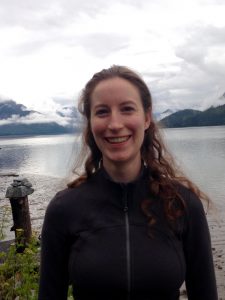
Heather Longworth Sjoblom is the manager and curator of the Fort St. John North Peace Museum. She has a BA (Honours) in history from Acadia University, an MA in history from the University of Victoria, and a Post-Graduate Certificate in Museum Management and Curatorship from Fleming College. The Alaska Highway has captivated Heather for years, especially stories about mosquitoes during the highway’s construction. As an environmental historian, Heather loves researching relationships between people and nature and working them into museum exhibits and programs. She also enjoys gardening, hiking, and exploring Canada with her husband.
*
The Ormsby Review. More Books. More Reviews. More Often.
Publisher and Editor: Richard Mackie
The Ormsby Review is a journal service for in-depth coverage of B.C. books and authors. The Advisory Board consists of Jean Barman, Wade Davis, Robin Fisher, Cole Harris, Hugh Johnston, Patricia Roy, Maria Tippett, and Graeme Wynn. Scholarly Patron: SFU Graduate Liberal Studies. Honorary Patron: Yosef Wosk. Provincial Government Patron since September 2018: Creative BC
“Only connect.” – E.M. Forster
Comments are closed.